NEOShield Program
NEOShield Program
I've discussed this subject before, but this program is important in the goal of reducing the risk of a near earth object from colliding with our planet.
What I like about this idea is that it is actually exploring mitigation measures to prevent asteroid collisions with Earth. Basically, the scientists of this project are trying to discover the best methods of changing the course of a near earth object before it strikes Earth. NEOShield is a consortium of 11 European partners with the German Aerospace Center Institute of Planetary Research.
One aspect of the effort to find and identify near earth objects that could collide with Earth is a concerted effort by NASA and ESO to locate and catalog these objects. This work is being done by JPL (Jet Propulsion Laboratory) using telescopes with wide focus optics to observe large areas of the sky every night and then use super computers to determine their courses and possible impact possibilities. Basically, a list is being made of potentially hazardous objects. What's amazing about this effort is that it didn't get started until 1989. Recently (2013), Canada launched a NEOSat project to watch for hazardous near earth objects
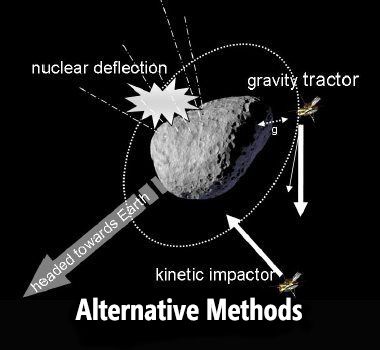
There are several ideas about how to mitigate a possible collision by a large asteroid. The NEOShield project had been doing experiments with an idea that would employ a battering ram, essentially a large spacecraft that would collide with a hazardous asteroid to change its course. They have been conducting lab based impact tests to determine what it would take to change an asteroid's course.
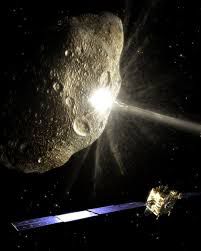
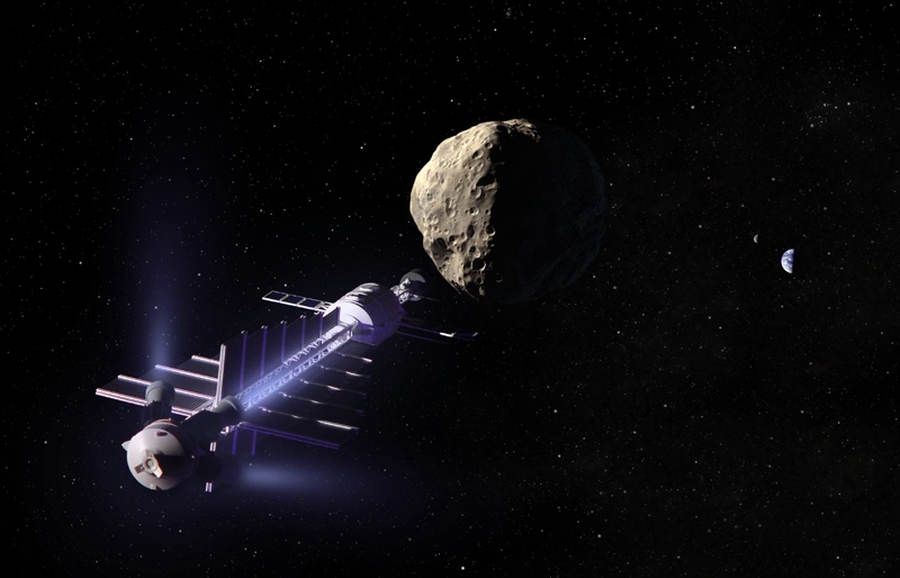
Keep in mind that an asteroid might be moving at 10,000 to 40,000 miles per hour relative to the Earth. If the asteroid were 100 meters or more in size, this would represent a lot of kinetic energy and momentum. Changing the course of a large asteroid moving this fast would require a high-speed heavy bullet. The space ram would essentially blast a crater in the asteroid, which would expel material and act as a force to change its course. Changing the course of an asteroid is preferred because blasting it into pieces with a nuclear device would only create many smaller objects, which would still cause widespread damage.
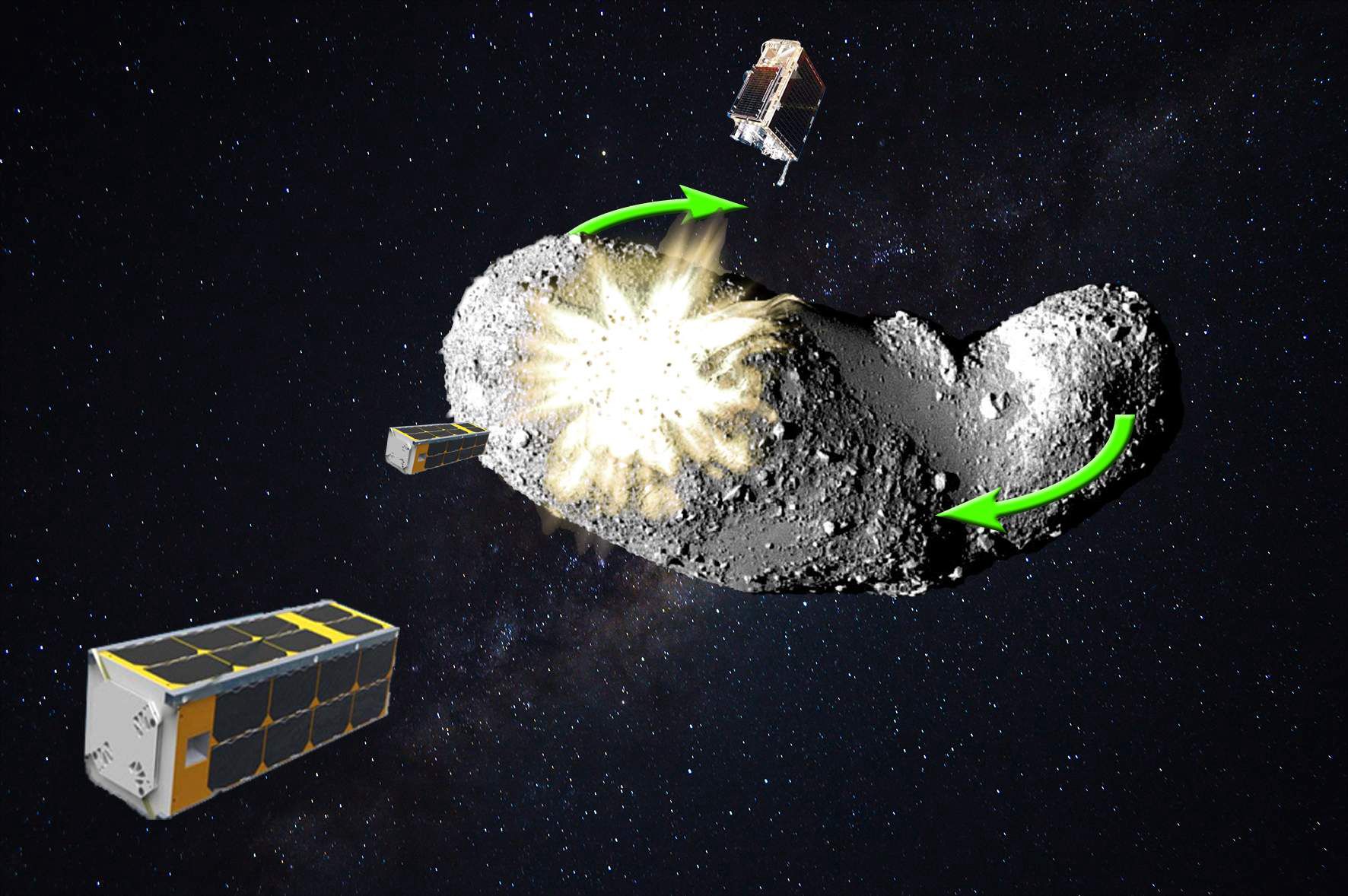
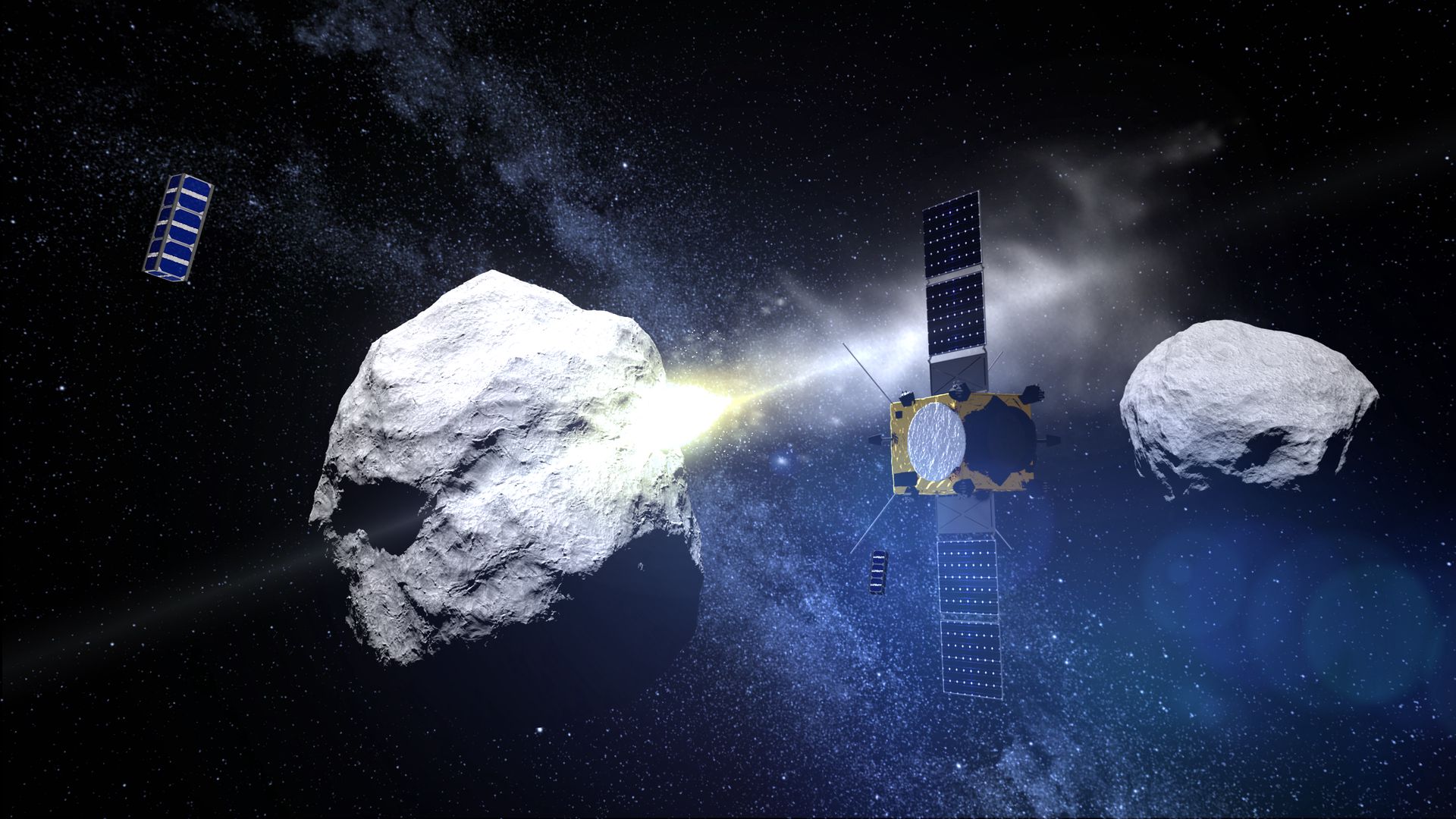
What's important is that many scientific efforts are in place to detect possible collision objects but also to determine a method of changing their courses. This is comforting because it's only a matter of time before one of these nasty things causes some real damage to a major city. Think about the Chelyabinsk meteor in 1913. This 20 meter sized object entered Earth's atmosphere at 40,000 miles per hour and exploded 16 miles above Russia. If it had entered the atmosphere at a steeper angle, the result would have been devastating. As it was, it caused a lot of damage and injured over a thousand people.
Sooner or later, a big one is going to do its thing, and the bad news is that it could happen at anytime without warning. Watch out!
Thanks for reading.
Bạn đang đọc truyện trên: Truyen247.Pro